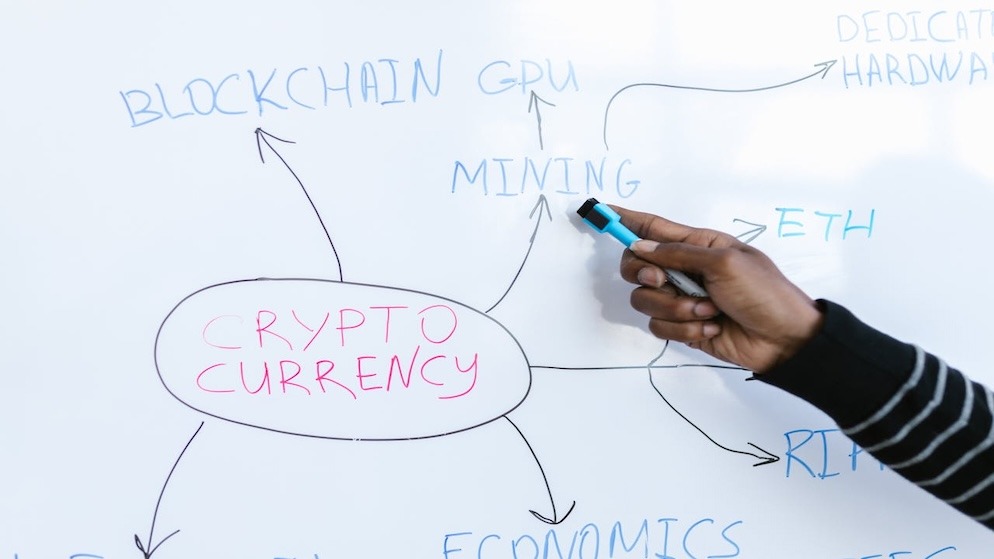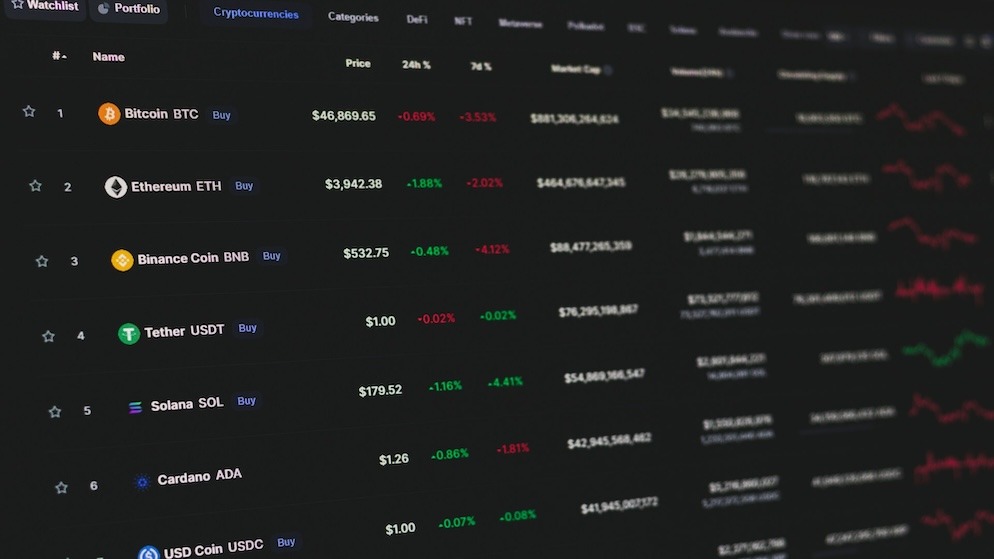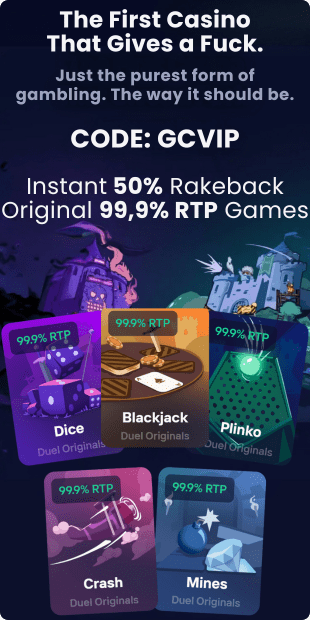
If you are searching for how to mine Solana, you have likely heard about its incredible transaction speeds and rising value in the crypto market. While you cannot technically mine it like Bitcoin due to its unique architecture, there are specific workarounds that allow you to earn SOL using your computer’s processing power. This guide will walk you through exactly how to mine Solana by using proxy methods, staking strategies, and validator operations, ensuring you have every possible option at your disposal.
We will cover everything from the hardware you need to the software setup for PC, Mac, and mobile devices. Whether you are a gamer with a powerful GPU or a casual user with a smartphone, this guide breaks down the complex reality of earning Solana in 2025.
The History of Solana: From Whitepaper to Institutional Powerhouse
Solana’s journey began in late 2017 when founder Anatoly Yakovenko, a former engineer at Qualcomm, published a revolutionary whitepaper introducing Proof of History (PoH)—a method to create a reliable clock for blockchain networks that would solve scalability issues without sacrificing security. Officially launching its Mainnet Beta in March 2020, Solana quickly garnered attention as a legitimate “Ethereum Killer” due to its incredible speed and low transaction costs.
The network saw meteoric growth throughout 2021, driven by a booming NFT ecosystem and DeFi adoption, only to face its darkest hour in November 2022. The collapse of the FTX exchange, a major backer of the ecosystem, caused the price of SOL to plummet by over 96% to single digits, leading many to declare the project dead.
However, the developer community’s refusal to abandon the chain sparked a historic “resurrection” throughout 2023 and 2024. This resilience culminated in a massive resurgence in 2025, marked by the network hitting new all-time highs of over $260 in January and the launch of institutional investment vehicles, such as the Franklin Templeton Solana ETF in November 2025, cementing its status as a cornerstone of the global crypto economy.
Understanding the Solana Architecture
Before diving into the tutorials, it is vital to understand why the phrase how to mine Solana is technically a misnomer. Unlike Bitcoin or Litecoin, which use a Proof of Work (PoW) consensus mechanism, Solana utilizes a hybrid model combining Proof of Stake (PoS) and Proof of History (PoH).
In a Proof of Work system, miners burn electricity to solve complex mathematical puzzles. The winner gets to add the next block to the blockchain and is rewarded with new coins. This is why you see massive warehouses full of ASIC miners for Bitcoin.
Solana, however, does not have miners. It has validators. To secure the network, validators lock up (or stake) SOL tokens. The Proof of History mechanism creates a historical record that proves an event has occurred at a specific moment in time, allowing the network to process thousands of transactions per second without waiting for every node to agree simultaneously. Because of this, there is no mathematical puzzle to solve, and therefore, no mining in the traditional sense.
However, you can still use your mining hardware to earn Solana. This is done through a process called profit-switching or proxy mining. You use your hardware to mine a coin that is compatible with your equipment (like Monero with a CPU or Ravencoin with a GPU), and a mining pool automatically swaps your rewards into Solana and deposits them into your wallet.
How Long Does It Take to Mine Solana?
One of the most common questions beginners ask is how long to mine solana with their current setup. Because you are essentially mining other coins and swapping them, the time it takes depends entirely on the market value of SOL and the profitability of the coin you are actually hashing.
As of late 2025, with the price of Solana hovering around $143 USD, the math can be quite sobering for small-scale miners.
If you are using a high-end gaming PC with an NVIDIA RTX 4090 graphics card, you might generate approximately $0.40 to $0.50 USD worth of value per day after electricity costs. To calculate how long does it take to mine 1 solana: $143 (Price of 1 SOL) / $0.42 (Daily Profit) = Approximately 340 days.
If you are using a mid-range card like an RTX 3080, your daily profit might drop to $0.30, meaning it would take roughly 476 days—well over a year—to mine a single coin.
For those asking how long to mine 1 solana on a laptop or mobile device, the answer is significantly longer. A modern MacBook Pro mining Monero might earn $0.05 per day, which means it would take nearly 8 years to earn 1 SOL. This highlights why most users prefer staking over mining for Solana.
Step-by-Step: How to Mine Solana on PC
For desktop users, the most effective method for how to mine solana coin rewards is using a platform called unMineable. This pool allows you to mine varying algorithms and get paid in the asset of your choice.
Step 1: Get a Solana Wallet
You cannot mine without a place to store your earnings. Download a reputable wallet like Phantom or Solflare. Create a new wallet and copy your receive address.
Step 2: Download Mining Software
You will need software that talks to your hardware. For GPU Mining (NVIDIA/AMD): Download T-Rex Miner or nbminer. For CPU Mining: Download XMRig.
Step 3: Configure the Miner
This is the critical step. You need to create a batch file (.bat) in your mining folder. Instead of entering a standard pool address, you will use unMineable’s specifically formatted address to tell them you want SOL.
The format typically looks like this: SOL:YourWalletAddress.YourWorkerName
Step 4: Start Mining
Run the batch file. Your terminal should open, and you will see lines of code indicating that your GPU or CPU is accepting shares. You can check your progress by entering your wallet address on the unMineable website.

How to Mine Solana on a Mac
Apple users often feel left out of the crypto conversation, but if you are wondering how to mine solana on a mac, it is entirely possible, especially with the newer M1, M2, and M3 silicon chips. These chips have powerful CPUs that are surprisingly efficient at mining Monero (XMR), which can be swapped for SOL.
The Best Software for Mac
The gold standard for Mac mining is XMRig. It runs natively on macOS and can utilize the ARM architecture of Apple Silicon.
Installation Guide
- Open your Terminal.
- You will need to install a package manager called Homebrew if you do not have it.
- Use Homebrew to install XMRig.
- Once installed, you must create a config.json file. In this file, you will input the unMineable pool URL (https://www.google.com/search?q=rx.unmineable.com:3333) and your user credentials formatted as SOL:YourAddress.WorkerName.
- Run XMRig from the terminal.
While asking how to mine solana on mac is valid, remember that thermal throttling is a real risk. MacBooks are designed for burst performance, not 24/7 heavy lifting. Ensure you have fan control software installed to keep your machine cool.
How to Mine Solana on Android
Mobile mining is a controversial topic. While you will see many search queries for how to mine solana on android, the reality is that Google Play has banned most real mining apps because they destroy phone batteries. However, there are workaround methods for the determined enthusiast.
The Termux Method
For the tech-savvy, you can install a Linux environment on your Android phone using an app called Termux. Inside Termux, you can compile and run the Linux version of XMRig.
- Install Termux from F-Droid (the Google Play version is outdated).
- Update the repositories using the command line.
- Clone the XMRig GitHub repository.
- Build the miner and run it pointing to the unMineable pool.
Cloud Mining Apps
A safer alternative for mobile users is cloud mining. Apps like Binance or StormGain allow you to rent hashrate or participate in cloud mining contracts directly from your phone. This effectively answers how to mine solana on android without melting your device’s internal components.
How to Mine Solana on iPhone
If you are an Apple mobile user searching for how to mine solana on iphone, your options are the most limited. Apple’s App Store guidelines strictly prohibit background mining processes. No legitimate app will allow you to use your iPhone’s CPU to mine SOL directly.
The Alternatives
- Remote Management: You can use iOS apps to monitor your mining rigs running at home. Apps like NiceHash or specialized pool monitors allow you to check your hashrate and profitability on the go.
- Staking: The best way to “mine” on an iPhone is actually to stake. Download the Phantom wallet app, buy some SOL, and delegate it to a validator. You will earn yield immediately without heating up your phone.
Solana vs. The Competition: A Mining Showdown
When deciding how to mine solana crypto, it is essential to compare it against the titans of the industry. The economics, hardware, and potential rewards vary wildly between these chains.
The table below presents a 1v1 comparison of the most important mining information for Solana against Bitcoin, Ethereum, Litecoin, and Dogecoin.
| Feature | Bitcoin (BTC) | Ethereum (ETH) | Litecoin (LTC) | Solana (SOL) |
| Consensus Mechanism | Proof of Work (PoW) | Proof of Stake (PoS) | Proof of Work (PoW) | Proof of Stake + Proof of History |
| Primary Hardware | ASIC Miner (e.g., Antminer S21) | Staking Node (32 ETH) | ASIC Miner (Scrypt) | High-End Server (Validator) |
| Entry Cost | $3,000 – $10,000+ | ~$80,000 (32 ETH) | $500 – $5,000 | $300/day (Voting Costs) or Staking |
| Energy Consumption | Extremely High (Global scale) | Very Low (99% less than PoW) | Moderate | Extremely Low (LED bulb equivalent) |
| Can you GPU Mine? | No (Inefficient) | No (PoS) | No (Inefficient) | No (Proxy mining only) |
| Reward Frequency | Every ~10 minutes | Every ~12 seconds | Every ~2.5 minutes | Every ~400 milliseconds |
| Main Barrier | Electricity Cost | Capital Requirement | Electricity Cost | Technical Skill & Voting Fees |
This table clarifies that while you search for how to mine solana coins, you are essentially competing in a different arena than Bitcoin miners. Bitcoin mining is an energy war; Solana validating is a speed and efficiency competition.
How to Mine Solana for Free
Everyone loves the idea of getting something for nothing, leading to high search volume for how to mine solana for free. It is important to be blunt: there is no way to generate substantial value without inputting value (either hardware cost, electricity, or capital).
However, there are “faucets” and “earn” platforms.
- Crypto Faucets: These websites dispense tiny fractions of SOL (called lamports) in exchange for completing captchas or viewing ads. It is free, but the payout is microscopic.
- Coinbase Learn: Major exchanges often pay users in crypto for watching educational videos. This is a legitimate way to earn your first $10-$20 in SOL for free.
- Airdrops: The Solana ecosystem is famous for airdrops. by interacting with new protocols (often requiring a small amount of initial capital), you can sometimes receive free tokens which can be swapped for SOL.
Profitability and Risks
Before you dedicate your hardware to this, consider the wear and tear. Running a GPU at 100% load 24/7 generates massive heat. If you are learning how to mine for solana on your primary work laptop, you risk shortening its lifespan significantly.
Furthermore, market volatility is a major risk. If the price of SOL crashes, the electricity you paid for to mine it might cost more than the coins are worth. Always calculate your break-even point using a profitability calculator before starting.
Final Thoughts
Learning how to mine Solana is less about traditional mining and more about understanding the modern crypto economy. Because the network uses Proof of Stake, the days of plugging in a USB miner and getting rich are over. Today, “mining” Solana means being smart: using proxy pools like unMineable if you have a GPU, or becoming a validator if you have the capital and technical skills.
For the average user, the best path is likely a combination of methods. Use your gaming PC to proxy mine when you aren’t playing, and take those earnings to stake in a wallet for compound interest. By diversifying how you acquire SOL, you protect yourself from hardware failure and ensure a steady trickle of rewards regardless of network difficulty.

Frequently Asked Questions (FAQ)
Can I really mine Solana with my GPU? Technically no, but effectively yes. You are mining a coin like Ravencoin or Ethereum Classic, and the mining pool automatically swaps it and pays you in SOL.
Is it profitable to mine Solana on a phone? No. Learning how to mine solana on android or iPhone is strictly for educational purposes. The electricity and data costs will far outweigh the fraction of a cent you might earn.
What is the minimum payout for mining Solana? On pools like unMineable, the minimum payout is usually around 0.15 SOL to 0.5 SOL, depending on network congestion. This means it might take weeks to see your first deposit.
Does mining damage my computer? If managed correctly with proper cooling, mining is safe. However, laptops and MacBooks often lack adequate cooling for 24/7 operation, leading to battery swelling and component degradation.
Why is Solana mining different from Bitcoin? Solana uses Proof of Stake, meaning it doesn’t require energy-intensive calculations to secure the network. Bitcoin uses Proof of Work, which requires massive energy consumption.





